Home>Interior Design>What Causes Cracks In Walls: 13 Reasons And When You Need To Worry
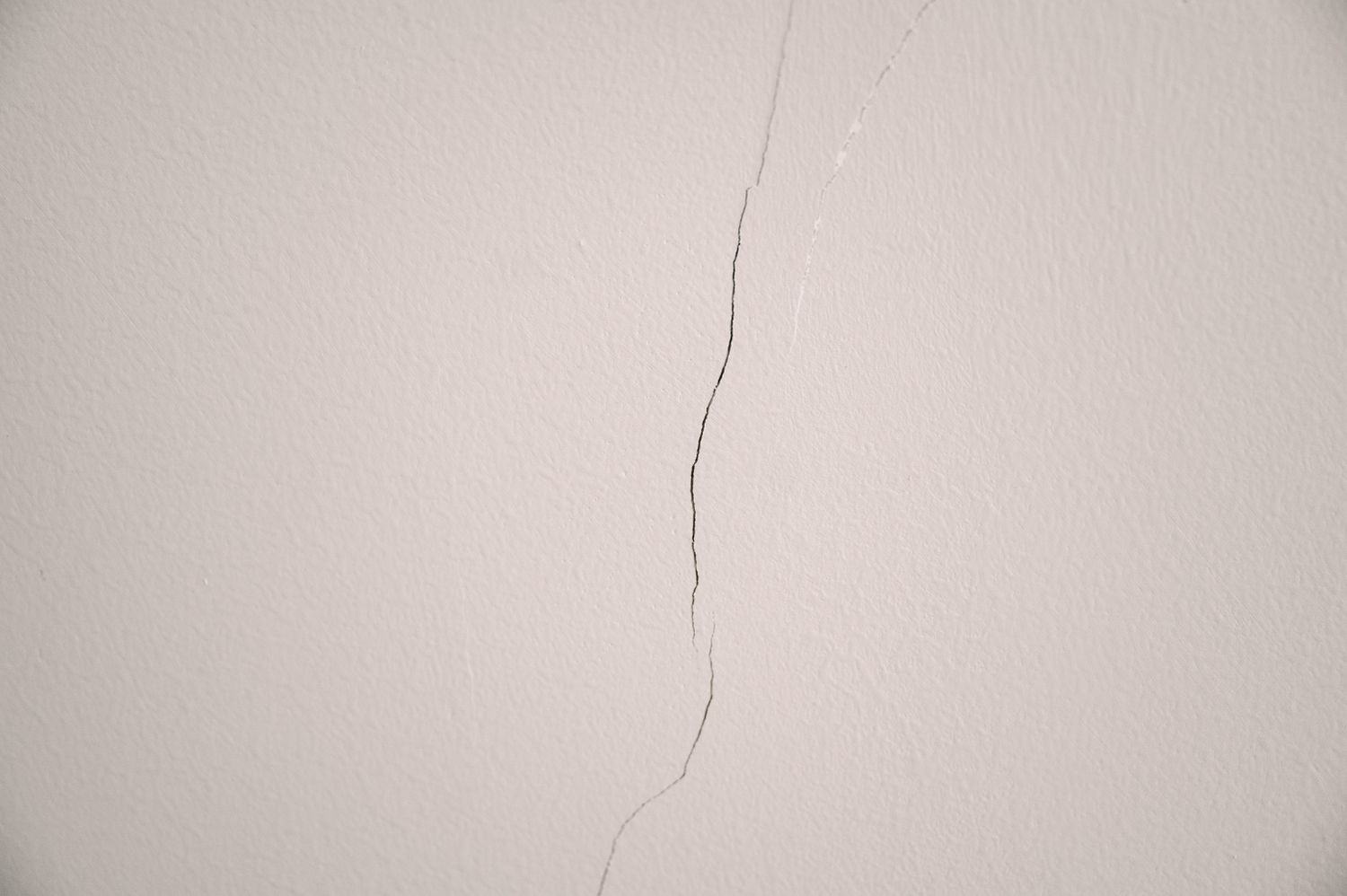

Interior Design
What Causes Cracks In Walls: 13 Reasons And When You Need To Worry
Modified: March 25, 2024
Discover the 13 common reasons behind cracks in walls and learn when you should be concerned. Get expert advice on interior design today!
(Many of the links in this article redirect to a specific reviewed product. Your purchase of these products through affiliate links helps to generate commission for Storables.com, at no extra cost. Learn more)
Introduction
Cracks in walls can be a cause for concern for many homeowners. Whether you’ve just moved into a new house or have been living in your home for years, noticing cracks in the walls can be worrisome. It’s important to understand that not all cracks are indicative of a serious structural issue. In fact, it’s quite common for walls to develop cracks over time due to various factors.
In this article, we will explore 13 common reasons why cracks may appear in walls and discuss when you need to worry about them. By having a better understanding of these causes, you can make informed decisions and take proper measures to address any potential issues with your walls.
Key Takeaways:
- Not all cracks in walls are cause for alarm. Understanding the underlying reasons and monitoring for signs of structural issues can help homeowners make informed decisions and take timely action to maintain the integrity of their walls.
- When cracks in walls raise concerns, consulting with professionals is crucial. Early detection, proper assessment, and timely repairs can prevent further damage and ensure the long-term stability and safety of the building structure.
Read more: When To Worry About Cracks In Basement Walls
Settlement of Foundation
One of the most common reasons for cracks in walls is the settlement of the foundation. Over time, the soil beneath a building can shift and settle, causing the foundation to sink unevenly. This uneven settling puts pressure on the walls and can lead to cracks.
Signs of foundation settlement can include cracks that appear diagonally or stair-step patterns along the walls, especially near the corners of the building. Additionally, you may notice sticking doors or windows, sloping floors, or gaps between the walls and the floor or ceiling.
If you suspect that the cracks in your walls are due to foundation settlement, it is crucial to consult with a professional contractor or structural engineer. They will be able to assess the severity of the settlement and recommend appropriate repairs, such as installing foundation piers or using underpinning techniques to stabilize the foundation.
It’s important to address foundation settlement issues promptly to prevent further damage to your home’s structure. Ignoring the problem may lead to more extensive and costly repairs down the line.
It’s worth noting that not all cracks in walls are caused by foundation settlement. Other factors, such as natural settlement of the building or changes in temperature and humidity, can also contribute to the formation of cracks. Therefore, it’s essential to have a professional evaluate the cracks to determine the underlying cause.
Poor Construction Practices
Another common cause of cracks in walls is poor construction practices during the initial building process. Inadequate structural design, the use of substandard materials, or improper installation techniques can all contribute to the development of cracks.
For example, if the walls were not properly reinforced during construction, they may be more prone to cracking under normal structural loads. Additionally, if the concrete mix used for the walls was not properly proportioned or cured, it can result in weak and brittle walls that are susceptible to cracking.
Poor construction practices can also include inadequate expansion joints or failure to account for movement and settling in the building. Without proper allowances for movement, walls can experience stress and ultimately crack.
If you suspect that the cracks in your walls are due to poor construction practices, it is essential to consult with a professional contractor or engineer. They will be able to assess the integrity of the construction and recommend appropriate repairs or reinforcement methods.
Addressing poor construction practices may involve measures such as retrofitting additional reinforcement, repairing or replacing substandard materials, or implementing proper expansion joint systems. Taking these corrective steps can help prevent further cracking and ensure the long-term stability of your walls.
It’s worth mentioning that not all cracks in walls are a result of poor construction practices. Other factors, such as environmental conditions or natural settling, might also contribute to cracking. Therefore, it’s crucial to have a professional evaluate the cracks and determine the underlying cause for an accurate diagnosis and appropriate repairs.
Moisture and Water Damage
Moisture and water damage can greatly impact the integrity of your walls and lead to the development of cracks. When water infiltrates the walls, it can weaken the materials, causing them to expand and contract with temperature changes, ultimately leading to cracks.
There are several ways in which moisture can seep into the walls. Leaking pipes, plumbing issues, roof leaks, or even high humidity levels in the surrounding environment can contribute to the problem. If the walls are not properly waterproofed or if there are gaps and openings, water can find its way in and cause damage.
Signs of moisture-related cracks can include cracks that are accompanied by staining or discoloration, peeling paint or wallpaper, or the presence of mold and mildew. You may also notice a musty smell or a damp feeling when touching the affected area.
To address moisture and water damage, it’s essential to locate and repair the source of the issue. Fixing any plumbing leaks, ensuring proper ventilation and insulation, and taking steps to improve drainage around the exterior of your home can help prevent further water infiltration.
Depending on the extent of the damage, repairs may involve drying out the affected area, replacing damaged materials, and sealing the walls with waterproofing products. In some cases, it may be necessary to install a drainage system or apply a moisture barrier to prevent future water damage.
By properly addressing moisture and water damage, you can protect your walls from further deterioration and minimize the risk of cracks appearing in the future.
Shifting or Expansive Soils
The type of soil on which your home is built can play a significant role in the development of cracks in walls. Certain soils, such as expansive soils, have a high clay content that can expand or contract with changes in moisture levels, leading to movement and pressure on the walls.
When expansive soils become saturated with water, they expand and exert force against the foundation walls. Conversely, during dry periods, these soils shrink, causing the foundation to settle unevenly. This constant movement and stress can result in cracks in the walls.
Signs of soil-related cracks can include cracks that are wider at the top or bottom, near the corners of the building, or along the joint between the walls and the foundation. These cracks may also be accompanied by other signs of foundation movement, such as sticking doors or windows, uneven floors, or gaps between the walls and floor/ceiling.
To mitigate the effects of shifting or expansive soils, various measures can be taken. These may include installing a proper drainage system to divert water away from the foundation, maintaining consistent moisture levels around the foundation through proper irrigation, or using techniques such as soil stabilization or deep foundation piers.
If you suspect that the cracks in your walls are due to shifting or expansive soils, it is crucial to consult with a professional geotechnical engineer or foundation specialist. They will be able to assess the soil conditions, evaluate the extent of the movement, and recommend appropriate solutions to stabilize the foundation and prevent further cracking.
By addressing the underlying soil issues and implementing proper foundation stabilization methods, you can minimize the risk of cracks and ensure the long-term stability of your walls.
Read more: When To Worry About Cracks In Interior Walls
Natural Disasters
Natural disasters such as earthquakes, floods, or strong storms can cause significant damage to buildings, including the development of cracks in walls. These events subject the structure to extreme forces and movements, which can result in structural instability and wall damage.
Earthquakes, in particular, can cause the ground to shake violently, leading to the shifting and movement of the building. This movement can put stress on the walls and result in cracks. The severity of the cracks will depend on the intensity of the earthquake and the structural integrity of the building.
Flooding can also lead to cracks in walls. When water levels rise, the hydrostatic pressure exerted on the walls can be substantial and cause them to crack or bow. Additionally, if the walls become saturated with water for an extended period, the materials may weaken, leading to cracks.
Strong storms with high winds can also impact the structural integrity of the walls. Flying debris or falling trees can collide with the building and cause damage, resulting in cracks.
When natural disasters occur, it is important to assess the extent of the damage and take appropriate action. Engaging a professional structural engineer or inspector can provide a thorough evaluation of the building’s condition and identify any potential safety concerns.
Depending on the severity of the damage, repairs may involve reinforcing the walls, replacing damaged materials, or in extreme cases, even rebuilding portions of the structure. It is essential to follow local building codes and regulations in the repair and reconstruction process to ensure the safety and stability of the walls.
By being prepared for natural disasters and promptly addressing any resulting damage, you can help protect your walls and ensure the long-term stability of your home.
Structural Overload
Structural overload occurs when the walls of a building are subjected to excessive weight or pressure beyond their intended capacity. This can lead to the development of cracks, as the walls struggle to support the additional load.
Causes of structural overload can vary, but some common examples include improper modifications or additions to the building, such as adding extra floors or heavy equipment without proper reinforcement. It can also occur when heavy objects or machinery are placed directly against the walls, causing concentrated pressure.
Signs of structural overload can include cracks that appear near areas of excessive weight or pressure, such as around support beams or where heavy equipment is located. These cracks may be wider or more significant in size compared to other cracks in the walls.
To address structural overload, it is crucial to evaluate the load-bearing capacity of the walls and ensure that they are properly designed and reinforced to handle the intended weight. Consulting with a structural engineer is recommended to assess the current condition of the walls and provide recommendations for reinforcement or structural modifications.
Depending on the severity of the overload, remedies may involve redistributing the weight, reinforcing the walls or foundation, or even removing excessive or unnecessary loads. These measures will help alleviate the stress on the walls and prevent further cracking.
By ensuring that the walls are not subjected to excessive weight or pressure, you can maintain their integrity and minimize the risk of cracks developing due to structural overload.
Thermal Expansion and Contraction
Thermal expansion and contraction, caused by changes in temperature, can also contribute to the formation of cracks in walls. As materials heat up, they expand, and as they cool down, they contract. This constant fluctuation in size can put stress on the walls and lead to cracking over time.
Excessive temperature variations, particularly in regions with extreme weather conditions, can exacerbate this issue. The repeated expansion and contraction can weaken the materials, causing them to crack.
The most common areas where cracks due to thermal expansion and contraction occur are near windows and doors or where different materials meet, such as at corners or joints.
To help mitigate the effects of thermal expansion and contraction, proper insulation and ventilation are essential. Insulating materials can help regulate the temperature and minimize the impact on the walls. Additionally, ensuring that the building has proper ventilation can help dissipate excess heat and prevent temperature buildup.
When cracks due to thermal expansion and contraction appear, they are generally hairline cracks and not structurally significant. However, it’s important to monitor them and address any underlying issues, such as poor insulation or inadequate ventilation, to prevent them from worsening or recurring.
Applying sealants or fillers to the cracks can help prevent moisture intrusion and further damage. However, if the cracks continue to reoccur or appear in different areas, it may be necessary to consult with a professional to assess the integrity of the walls and recommend appropriate measures to address the underlying cause.
By managing temperature differentials, improving insulation, and ensuring proper ventilation, you can minimize the impact of thermal expansion and contraction and reduce the likelihood of cracks forming in your walls.
Regularly inspect your walls for any signs of cracks, especially around doors and windows. Address any cracks promptly to prevent further damage.
Age and Deterioration
As buildings age, natural wear and tear can cause the materials in the walls to deteriorate. Over time, this deterioration can result in the formation of cracks.
Various factors contribute to the aging and deterioration of walls. Exposure to the elements, such as harsh weather conditions or prolonged exposure to sunlight, can weaken the materials. Additionally, poor maintenance practices, including lack of regular inspections or neglecting necessary repairs, can accelerate the aging process.
Cracks that appear due to age and deterioration can vary in size and location. They are often found along older joints, in areas where the materials have weakened or where structural movement has occurred over time.
To address cracks caused by age and deterioration, it is important to perform regular maintenance and inspections. This includes identifying and repairing any signs of deterioration early on, such as cracks, gaps, or areas of weakened materials.
Repair methods can vary depending on the severity of the deterioration. Small cracks can be filled with sealants or patching compounds, while more significant damage may require replacing sections of the wall or implementing structural repairs.
It’s worth noting that in some cases, extensive deterioration or structural decay may warrant a more comprehensive renovation or restoration project. This could involve reinforcing the walls, replacing damaged materials, or even completely rebuilding sections of the structure.
By addressing the impact of age and deterioration through regular maintenance and timely repairs, you can extend the lifespan of your walls and minimize the risk of cracks developing.
Read more: What Causes Cracks In Brick Walls
Plumbing Leaks
Plumbing leaks can cause significant damage to the walls of a building, leading to the development of cracks. When pipes inside the walls leak, water can seep into the surrounding materials, weakening them and causing them to crack over time.
Common sources of plumbing leaks include burst or corroded pipes, faulty pipe fittings, or improper installation. Leaks can occur in various areas, such as behind walls, under sinks, or in bathrooms.
When walls are exposed to prolonged water exposure, they can become saturated, leading to the weakening of the structural integrity. This can result in cracks appearing in affected areas.
Signs of cracks caused by plumbing leaks may include discoloration or staining around the affected area, peeling paint or wallpaper, or a persistent musty odor. In some cases, you may even notice water dripping or pooling on the floor near the walls.
To address cracks caused by plumbing leaks, it is essential to locate and repair the source of the leak promptly. This may involve hiring a professional plumber to evaluate the plumbing system and identify any faulty pipes or fittings.
Once the leak is repaired, it is important to assess the extent of the damage to the walls. In some cases, small cracks can be repaired with sealants or patching compounds. However, if the damage is more severe, sections of the wall may need to be replaced or reinforced.
In addition to repairing the damaged walls, it is crucial to address any underlying issues to prevent future leaks. Regular inspections of the plumbing system, proper maintenance, and occasional replacement of old or corroded pipes can help prevent plumbing leaks and avoid further damage to the walls.
By promptly addressing plumbing leaks and repairing any resulting cracks, you can protect the integrity of your walls and minimize the risk of further damage down the line.
Tree Roots and Vegetation
Tree roots and vegetation can be another cause of cracks in walls, particularly in older buildings or those located in close proximity to mature trees or dense vegetation. As trees grow and their roots extend, they can exert pressure on the surrounding soil and walls, leading to cracking.
The roots of trees and large shrubs have the ability to grow and spread beneath the ground, seeking sources of water and nutrients. When they encounter a solid structure like a wall, they can exert significant pressure as they continue to expand and grow.
If the roots of trees or vegetation come into contact with a wall, they can push against it, causing it to crack or even buckle under the pressure. Cracks caused by tree roots are often vertical or diagonal, starting from the ground level and extending upwards.
To address cracks caused by tree roots and vegetation, it is important to understand the extent of the root intrusion and the impact on the structure. This may involve consulting with an arborist or tree specialist who can assess the root system and recommend appropriate actions.
Depending on the severity of the root intrusion and its effect on the walls, solutions can include trimming or removing the tree or vegetation, installing root barriers to redirect the growth of the roots, or implementing structural repairs to reinforce the walls.
Preventive measures can also be taken to minimize the risk of future root-related damage. This may involve carefully selecting the location of trees and shrubs, planting them at a safe distance from the building, or choosing species with non-invasive root systems.
Regular maintenance, such as pruning trees and monitoring vegetation growth near the walls, can help prevent root-related cracking. By addressing the problem early and taking appropriate measures, you can protect your walls and maintain the structural integrity of your building.
Improper Ventilation
Improper ventilation can contribute to the development of cracks in walls. Without adequate airflow and ventilation, moisture can become trapped within the walls, leading to a buildup of humidity and condensation. This excess moisture can weaken the materials and contribute to the formation of cracks.
Poor ventilation can occur in various areas of a building, such as bathrooms, kitchens, or areas with high humidity levels. Insufficient ventilation in these spaces can result in moisture accumulation, which can lead to mold growth, deterioration of materials, and ultimately, the development of cracks in the walls.
Signs of cracks caused by improper ventilation may include discoloration or staining, peeling paint or wallpaper, a musty odor, or the presence of mold or mildew. These cracks may be more prevalent in areas where moisture is most likely to collect, such as near windows, corners, or ceilings.
To address cracks caused by improper ventilation, it is crucial to improve the airflow and ventilation in the affected areas. This may involve installing or improving exhaust fans, ensuring proper air circulation, and implementing proper insulation and moisture barriers.
In addition to improving ventilation, it’s essential to address any underlying sources of moisture. Repairing leaks, correcting plumbing issues, and reducing excess humidity can all help prevent moisture buildup and minimize the risk of cracks developing.
Regular maintenance, such as cleaning and inspecting ventilation systems, can also help ensure that proper airflow is maintained and prevent the recurrence of moisture-related cracking.
By improving ventilation and addressing moisture issues, you can create a healthier indoor environment, protect the integrity of your walls, and minimize the risk of cracks caused by improper ventilation.
Vibrations and Earthquakes
Vibrations and earthquakes can cause significant damage to buildings, including the development of cracks in walls. Vibrations can result from nearby construction activities, heavy machinery, or even regular foot traffic, while earthquakes generate powerful and unpredictable ground movements.
When a building is exposed to vibrations or an earthquake, the walls can be subjected to intense shaking and stress. This can lead to structural movement and the formation of cracks, particularly at weak points or areas where there is already underlying damage.
Signs of cracks caused by vibrations or earthquakes may include diagonal or jagged cracks that appear suddenly and are more severe in nature. They may also be accompanied by other signs of structural damage, such as uneven floors, leaning walls, or shifting doors and windows.
To address cracks caused by vibrations or earthquakes, it is essential to assess the structural integrity of the building. Consulting with a structural engineer or a professional with expertise in seismic evaluations can help determine the extent of the damage and recommend appropriate measures.
Depending on the severity of the damage, repairs may involve reinforcing the walls, using structural bracing or strengthening techniques, or even performing a comprehensive structural retrofit. These measures are designed to enhance the structural resistance of the building against vibrations or earthquake forces.
It’s worth noting that in areas prone to earthquakes, it is advisable to follow local building codes and regulations that specify seismic design requirements during construction or renovation projects. This ensures that buildings are constructed to withstand seismic events and minimize the risk of cracks and other forms of damage.
By addressing the impact of vibrations and earthquakes through proper structural evaluation and reinforcement, you can help safeguard your walls and enhance the overall resilience of your building.
Read more: What Causes Cracks In Driveway
Inadequate Wall Support
Inadequate wall support is a common cause of cracks in walls, especially in buildings with structural deficiencies or when walls are not properly supported during construction or renovations.
When walls are not adequately supported, they bear an excessive load that exceeds their capacity to withstand the pressure. This can lead to the development of cracks as the walls bow, bulge, or bend under the strain.
Signs of cracks caused by inadequate wall support may include horizontal cracks along the walls, particularly near the middle or lower sections. These cracks may be accompanied by sagging or uneven floors, doors that no longer close properly, or visible signs of stress on the walls.
Addressing cracks caused by inadequate wall support typically requires a thorough evaluation of the structural system. Consulting with a professional structural engineer or contractor is recommended to assess the load-bearing capacity of the walls and determine the appropriate measures for reinforcement.
Depending on the severity of the support issue, repairs may involve adding additional support structures, such as beams or columns, to distribute the load properly and relieve stress on the walls. In some cases, it may be necessary to rebuild or reinforce portions of the wall or even the entire structure.
It is important to address inadequate wall support promptly to prevent further damage and ensure the structural integrity of the building. Delaying repairs can lead to worsening cracks, compromised safety, and potentially costly restoration efforts in the future.
By reinforcing the walls with appropriate support and addressing any underlying support deficiencies, you can enhance the stability of the walls, minimize the risk of cracks, and maintain the overall structural integrity of the building.
When to Worry about Cracks in Walls
While cracks in walls can be common and often harmless, there are certain circumstances when they should be a cause for concern. Here are some key indicators of when you should worry about cracks in walls:
1. Size and Width: Pay attention to the size and width of the cracks. Small, hairline cracks are generally considered normal and can be caused by natural settling or minor shifts. However, if the cracks are wide, deep, or expanding rapidly, it could be a sign of a more serious structural issue.
2. Orientation: The orientation of the cracks can provide important information. Vertical or diagonal cracks are often less concerning than horizontal cracks, as horizontal cracks can indicate a more significant problem with the foundation or wall stability.
3. Location: Consider the location of the cracks. Cracks that appear near doors, windows, or corners of the building may be a sign of foundation settlement or inadequate support. Cracks located in load-bearing walls or near structural elements should also be examined closely.
4. Movement: If you notice that the cracks are growing or changing over time, it is a clear indication of an ongoing problem. Monitor the cracks regularly and document any changes in size, width, or progression.
5. Associated Issues: Look for other signs of structural problems, such as uneven floors, doors or windows that no longer close properly, or gaps between walls and ceilings. These issues can indicate that the cracks in the walls are part of a more significant structural issue that requires attention.
6. Water Damage: If cracks are accompanied by signs of moisture, such as staining, peeling paint, or the presence of mold or mildew, there may be a water infiltration issue. Water damage can weaken the materials and compromise the structural integrity of the walls.
7. Recent Events: Consider any recent events that could have contributed to the development of cracks, such as earthquakes, nearby construction, or plumbing leaks. These events can significantly impact the stability of the walls and should not be ignored.
It’s important to note that while these signs can indicate a potential problem, it is always recommended to consult with a professional contractor, structural engineer, or building inspector for a thorough assessment. They have the expertise and knowledge to identify the underlying cause of the cracks and recommend appropriate repairs or remediation measures.
Remember, early detection and timely repairs can prevent further damage and ensure the long-term stability and safety of your walls and overall structure.
Conclusion
Cracks in walls can be a common occurrence in buildings, but understanding the underlying causes and knowing when to worry about them is essential for maintaining the structural integrity of your home or property.
In this article, we have explored 13 common reasons for cracks in walls, including settlement of the foundation, poor construction practices, moisture and water damage, shifting or expansive soils, natural disasters, structural overload, thermal expansion and contraction, age and deterioration, plumbing leaks, tree roots and vegetation, improper ventilation, vibrations and earthquakes, and inadequate wall support.
While some cracks may be superficial or the result of natural settling, others can indicate more significant structural issues that require attention. It is important to monitor the size, width, orientation, and movement of the cracks and look for associated issues or signs of moisture damage.
When cracks in your walls raise concerns, it is best to consult with professionals such as contractors, structural engineers, or building inspectors. They can assess the severity of the cracks, identify the underlying causes, and recommend appropriate solutions and repairs.
By addressing cracks in walls promptly and taking the necessary measures to rectify the underlying issues, you can ensure the safety, stability, and longevity of your walls and building structure.
Remember, regular maintenance, proper ventilation, and proactive care can help minimize the risk of cracks and maintain the overall structural integrity of your walls, providing you with a safe and comfortable living environment.
Frequently Asked Questions about What Causes Cracks In Walls: 13 Reasons And When You Need To Worry
Was this page helpful?
At Storables.com, we guarantee accurate and reliable information. Our content, validated by Expert Board Contributors, is crafted following stringent Editorial Policies. We're committed to providing you with well-researched, expert-backed insights for all your informational needs.
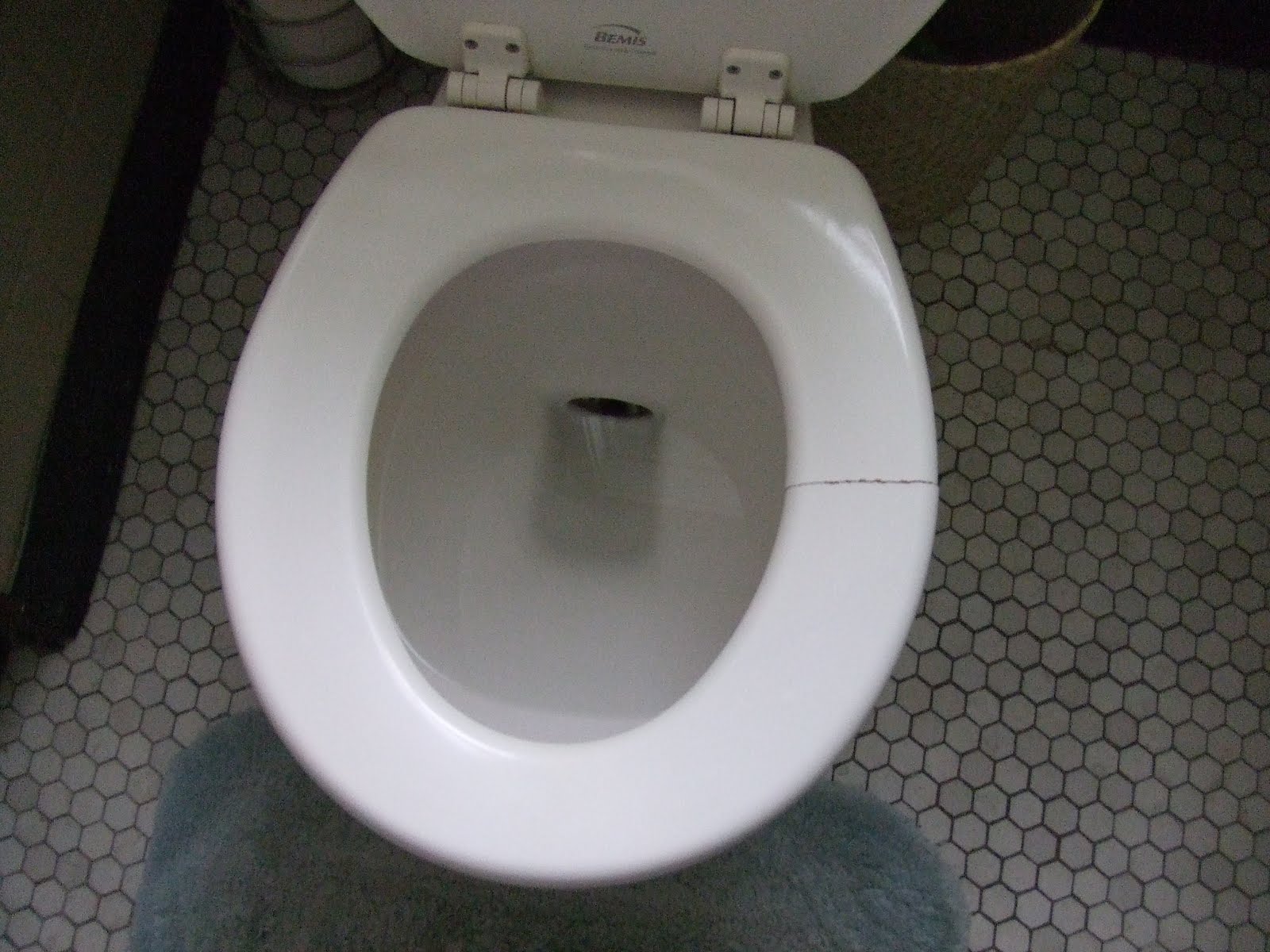
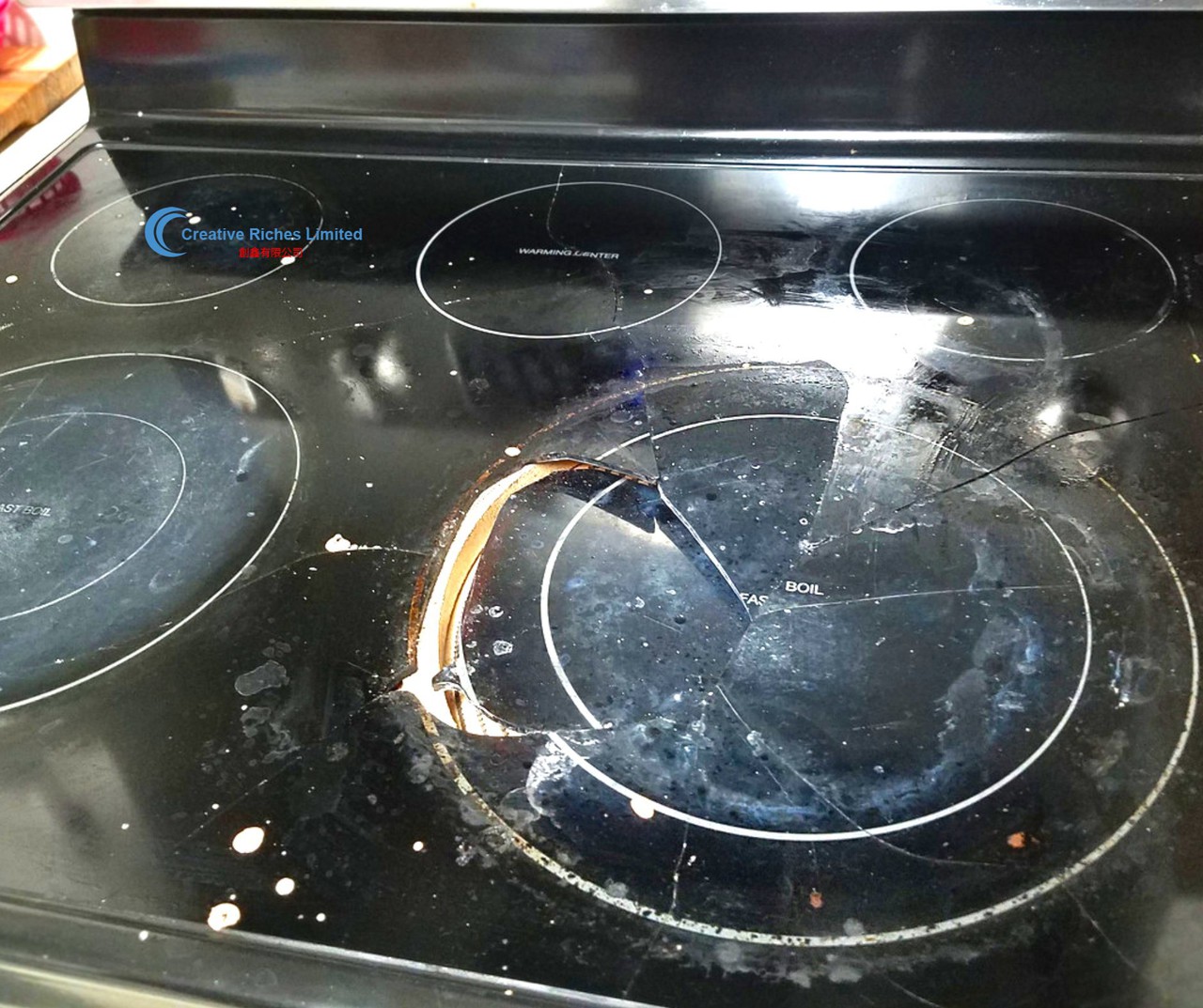
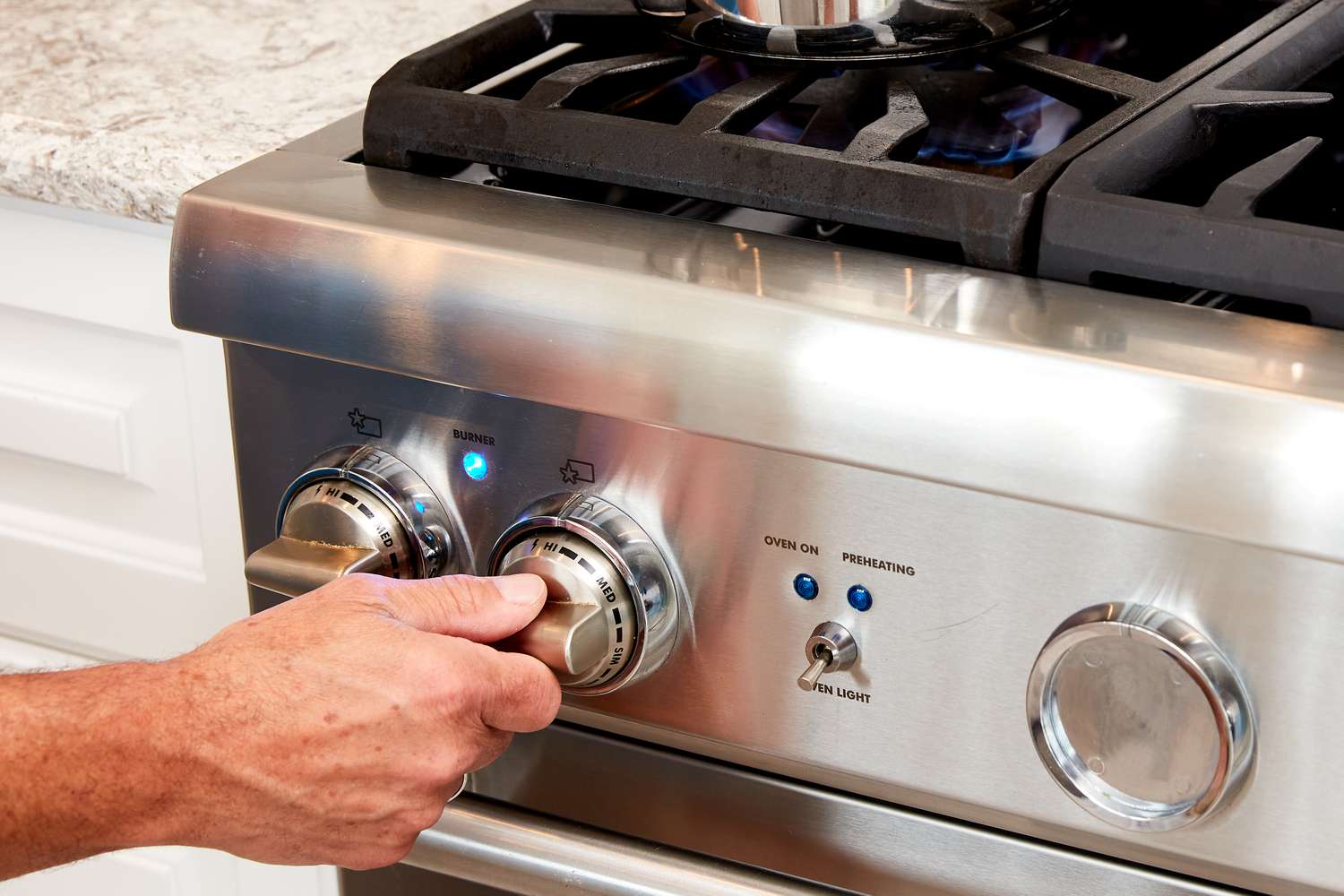
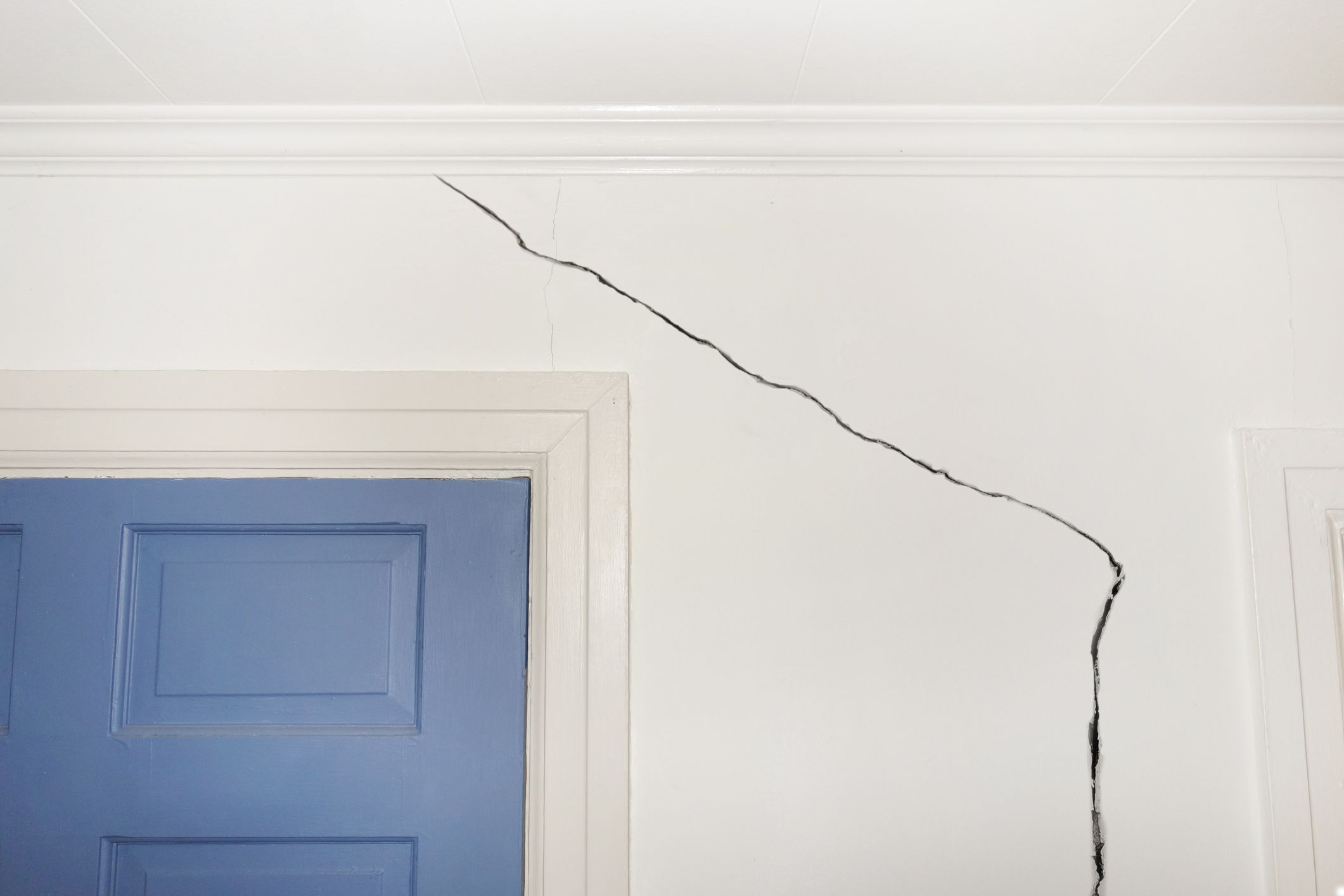
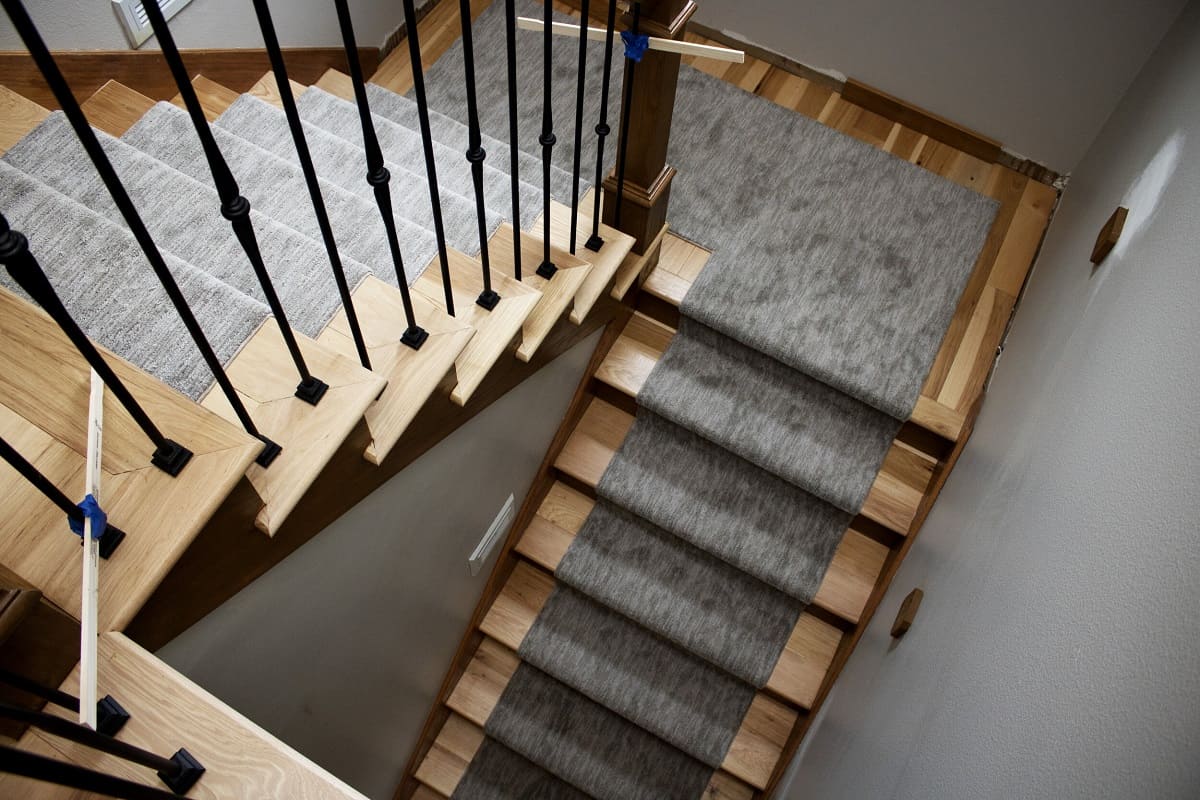

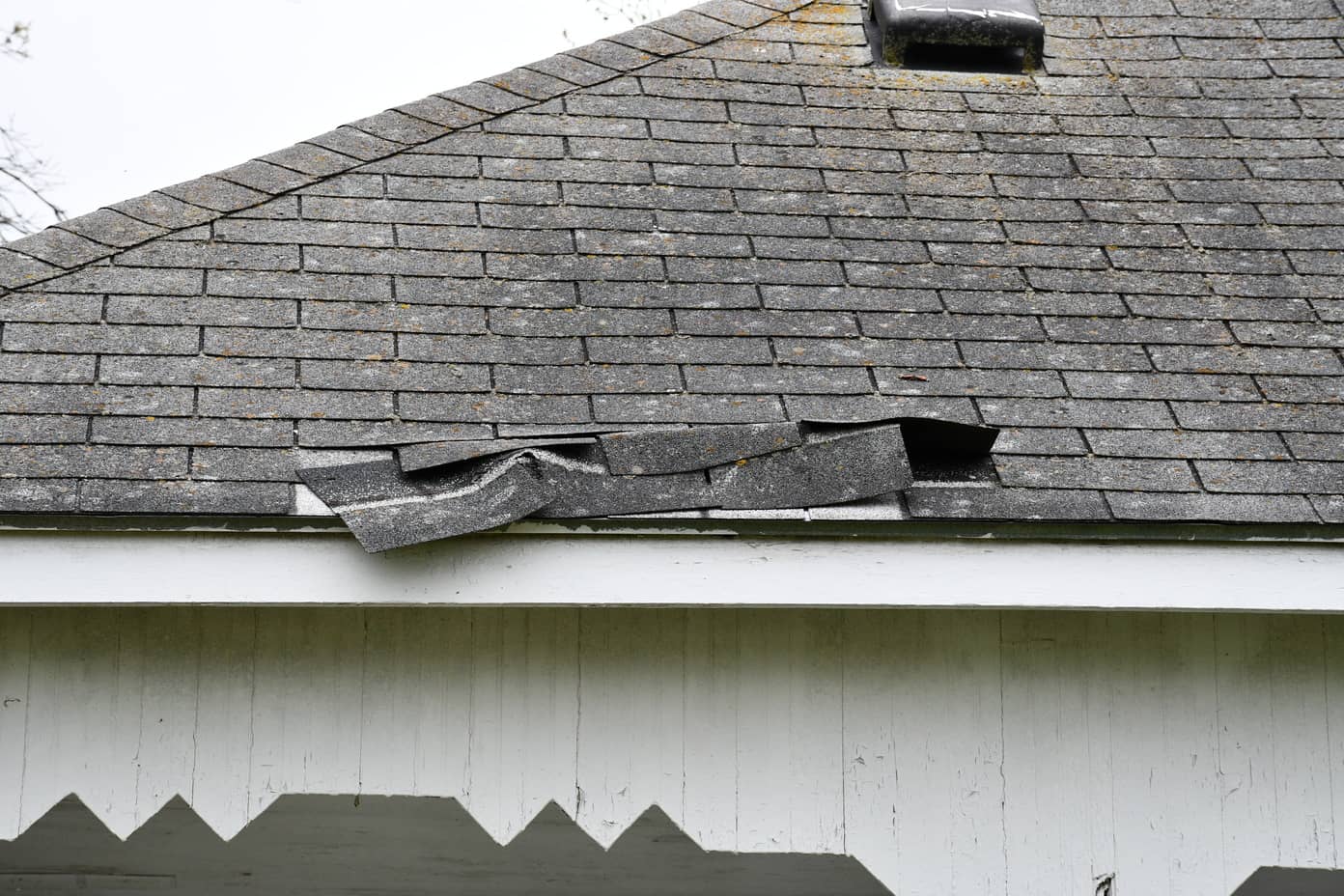

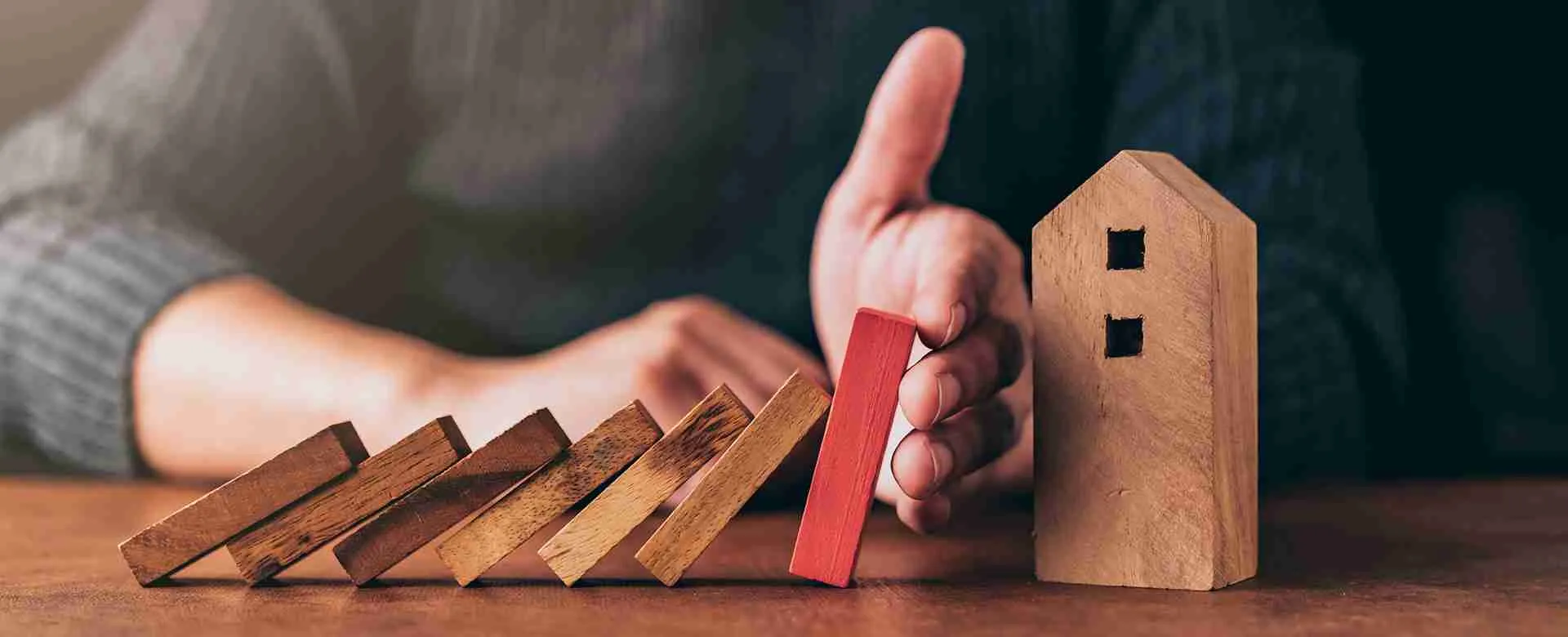
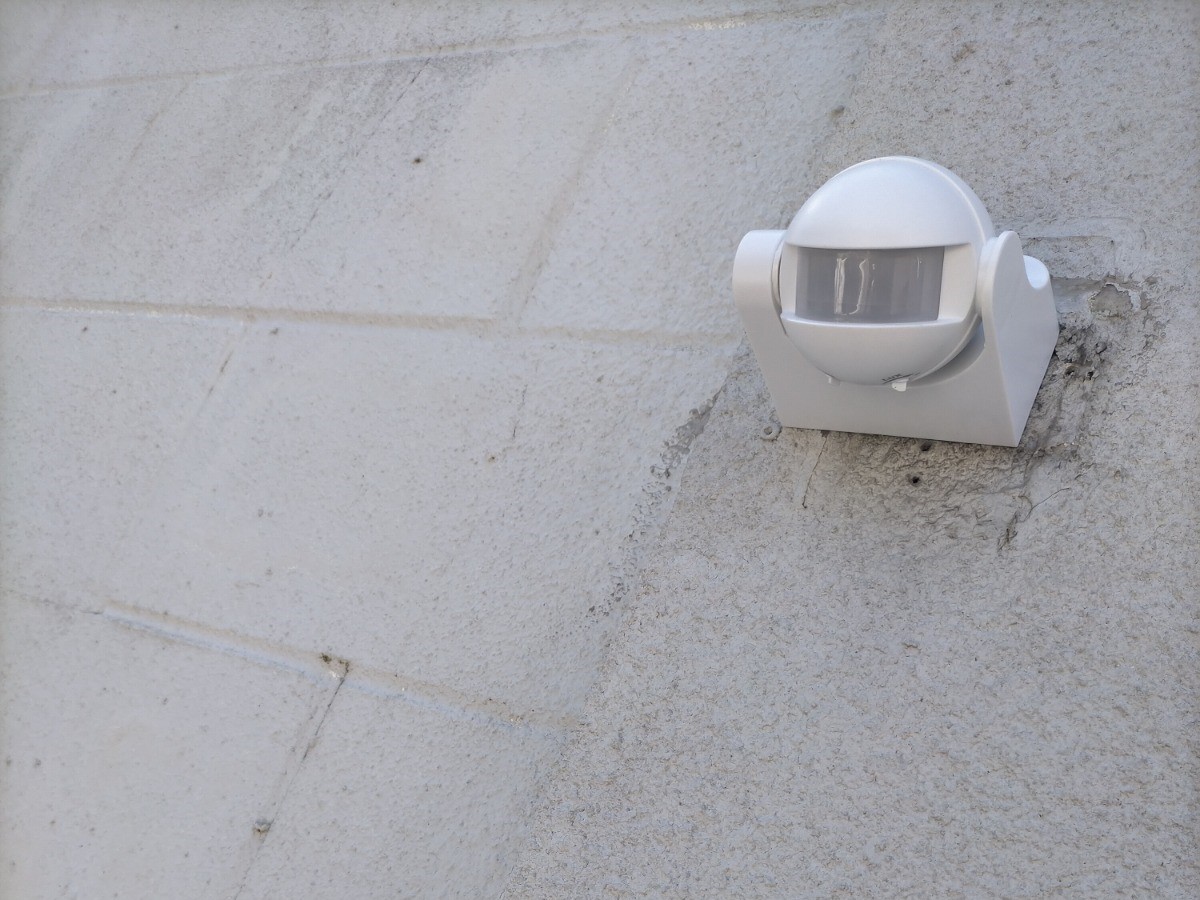



0 thoughts on “What Causes Cracks In Walls: 13 Reasons And When You Need To Worry”